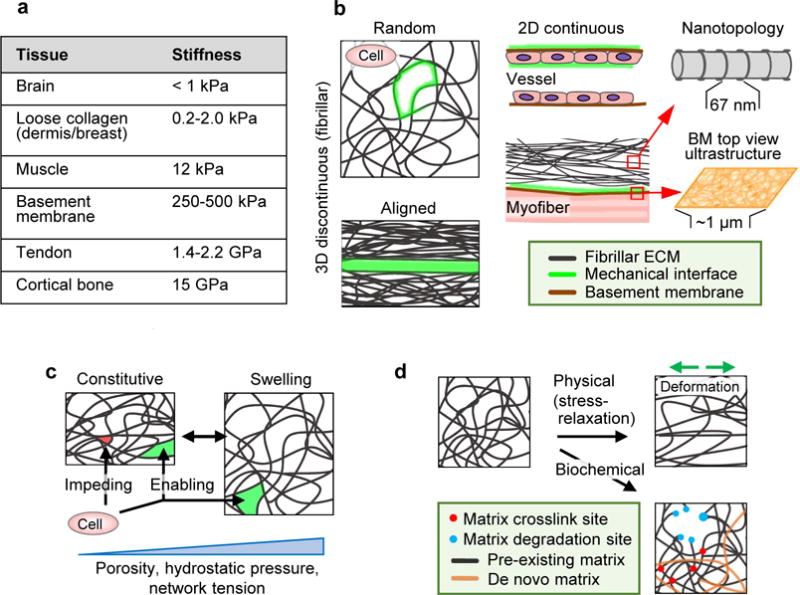Figure 1. Physical ECM modules determining cell migration.

Tissue properties determining cell migration, including topology of the ECM and organization of interfaces between tissue structures. A Elastic modulus range present in macromolecular tissue structures. GAG-rich stroma surrounding cell networks, such as brain tissue, is soft (below 1.0 kPa)48; loose fibrillar type I and III collagen-based porous protein networks such as dermis and breast scale typically between 0.2 and 2 kPa111,118. Thicker, more crosslinked collagen bundles in muscle are substantially stiffer (12 kPa)48, which reaches the low GPa range in tendon153. Basement membranes consisting of type IV collagen and laminins have a stiffness in the higher kPa range, with at least double the stiffness on the epithelial side compared to the stromal side154. The stiffness of calcified tissue, including cortical bone, can go up to 15 GPa155. B Principal ECM geometries defining mechanical cell migration interfaces (green) including 1D, 2D and 3D organization and nanotopology. C Baseline porosity range, relative to cell size and deformability, and hydrostatic pressure induced reversible swelling and mechanical alterations in fibrillar ECM. D Irreversible changes induced by physical or biochemical factors. Direction of physical deformation denoted by green arrows.
